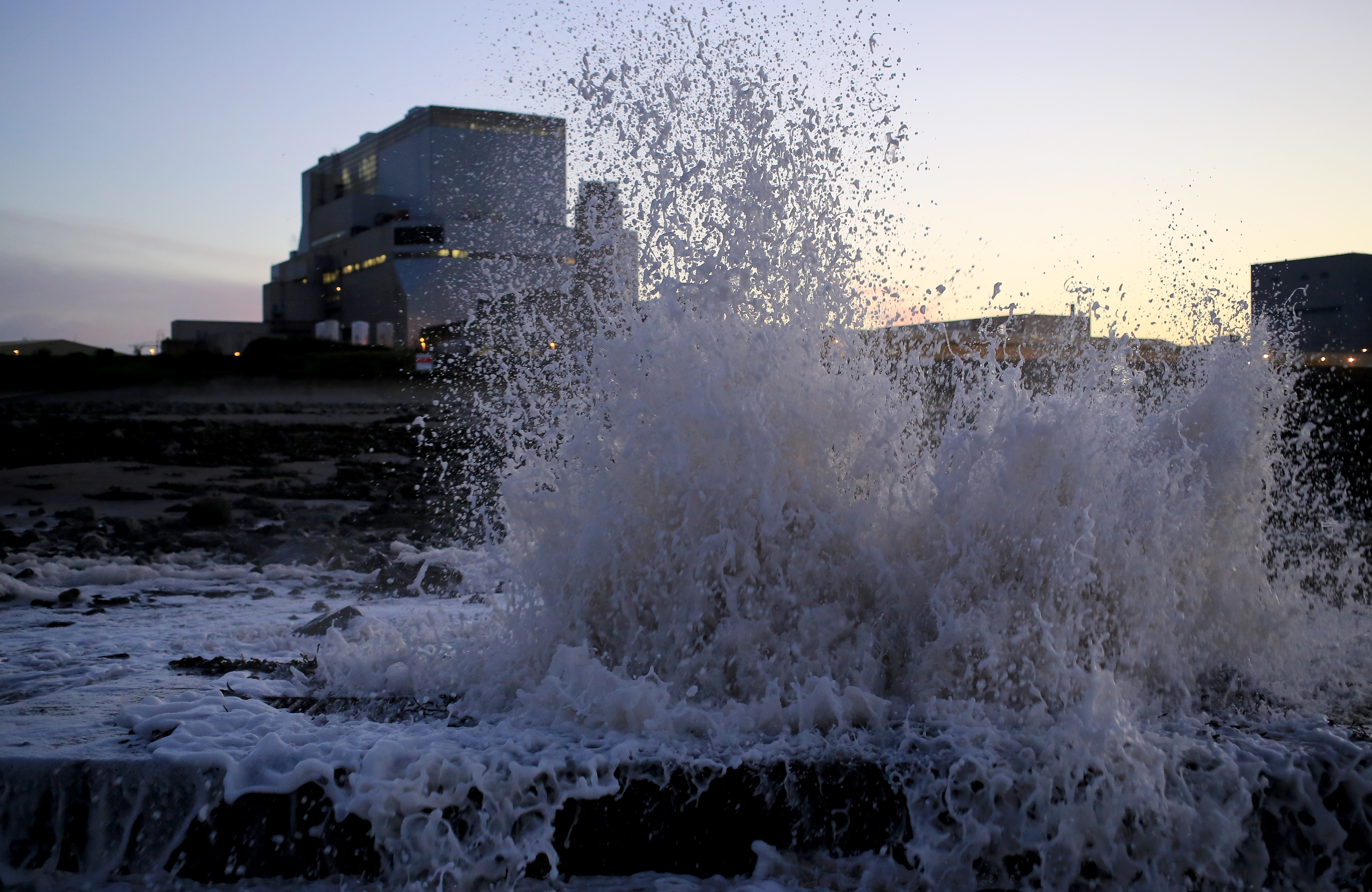Fresh threat to Hinkley as French nuclear plant faces new safety tests

French nuclear group EDF has confirmed it will carry out further tests on the reactor vessel at the heart of the new Flamanville-3 nuclear plant in Normandy, the same reactor model as the one planned for Hinkley Point in Somerset.
In a statement the firm conceded that problems in the steel casing for one reactor vessel extended beyond the point they have so far tested.
Or, in their own words:
“Initial analyses conducted on two parts similar to those at Flamanville 3 have shown that the carbon segregation phenomena extend beyond mid-thickness on one of them.
As specified in the initial strategy approved by the ASN, the material sampling and related tests will be extended to three-fourths of the thickness of the part concerned.”
One year earlier…
The latest batch of tests comes after concerns were raised a year ago about the safety of the reactor vessel because of worries that the steel may not be as strong as expected.
The French nuclear regulator is expected to rule on whether the reactor vessel is safe around the end of this year / start of next year.
The long-delayed Flamanville reactor in Normandy is seen as a prototype for Hinkley, the UK’s first new nuclear plant in a generation.
If France’s regulator rules the reactor non-compliant construction could be delayed for years and costs could spiral.
Loan guarantees offered by the UK government are also conditional on EDF completing a similar plant elsewhere.
In its announcement EDF insisted the new tests would not delay the project though reports in France suggest it will delay submission to the regulator – and, therefore, the regulator’s sign off on the plant.
Welding delays
The problems with the reactor vessel have exacerbated concerns in France of the ability of EDF to build a nuclear plant.
A letter by two EDF engineers – seen by Unearthed (translation) – suggested the ongoing problems meant building Hinkley was “too expensive and too risky”.
In addition to the problems forging the reactor vessel the engineers claim there have also been delays with the welding of the main Flamanville circuit and problems with EDF’s refurbishment programme on existing plants.
Earlier this month a steam generator was dropped whilst EDF attempted to refurbish the Paluel nuclear power plant in France. The issue is still being investigated.
Commenting on the situation the engineers suggested it would take three to four years for France’s nuclear industry to return to the “required level of excellence” and that the UK reactor should be redesigned to make it simpler and easier to build.
EDF has published a letter by 100 of its engineers saying they are confident in their ability to make the UK project a success — by learning from the experiences of Flamenville and other delayed projects in China and Finland.
Speaking to the UK’s energy and climate select committee EDF’s Managing Director of Nuclear New Build said the Flamanville problem was “an anomaly relative to an engineering standard, and the task for the EDF engineers and Areva is to study the dome that they have and demonstrate that it is safe beyond any possible doubt.”
“We are very confident that we have a clear solution to ensure that the reactor pressure vessel for the UK will be built using slightly different manufacturing methods, which will eliminate the problem that has arisen in other forging,” he added.
What’s actually wrong with the Flamanville reactor
In April last year anomalies were found in the reactor vessel at the heart of EDF’s new nuclear plant, Flamanville-3.
Essentially the vessel – and a similar version tested earlier — were found to have a higher than expected carbon concentration at the top and bottom of the unit.
Too much carbon may reduce the mechanical toughness of the steel — posing safety concerns.
Since then EDF has been carrying out a series of tests on carbon content and mechanical toughness under the supervision of the French nuclear regulator.
Having found higher than expected amounts of carbon in initial tests the latest batch of measurements are designed to go deeper into the vessel.
EDF hopes that the more than 1,200 samples from three units will show the vessels meet safety standards however should the regulator demand changes it could mean substantial delays to EDF’s nuclear plans around the world.

